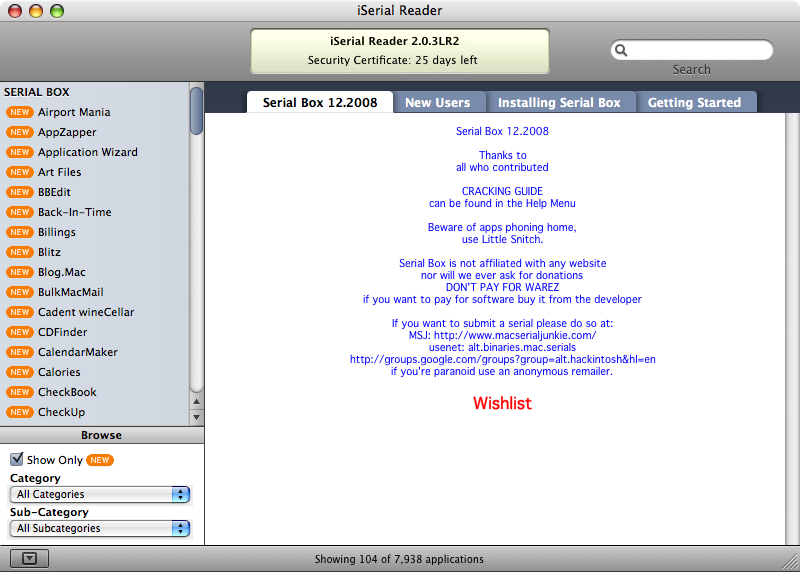

Coda 2 crack crack#
It is difficult to determine the sensitivity of the CWI technique to crack propagation and the evolution of the coda wave under the simultaneous effects of multiple influencing factors. In laboratory experiments, experimental results for monitoring the crack propagation process in materials are influenced by a combination of factors such as external loads and ambient temperature. Coda wave interferometry (CWI) is known as a highly sensitive method for small changes in heterogeneous media and has shown significant advantages in laboratory studies in the field of damage growth monitoring.

In fact, the coda waves that are scattered several times are extremely sensitive to small changes inside complex media. The coda wave, which is usually considered as noise, contains a large amount of physical information. In the field of non-destructive testing (NDT) of concrete, it is typical to increase the ultrasonic frequency to improve the sensitivity, but the attenuation of the direct wave also increases rapidly. Therefore, ultrasonic waves propagating in concrete are strongly scattered. Concrete is a common heterogeneous medium with a complex composition, consisting of coarse aggregates and fine sands, which exhibit strong inhomogeneities. Ultrasound propagation in a multiple scattering medium is subject to strong scattering, resulting in the rapid attenuation of ultrasound energy in the medium. Therefore, it is particularly important to monitor the structural health of 3D printed concrete materials.Ĭoda wave interferometry (CWI) is a new method for micro damage identification in civil engineering. Three-dimensional printed concrete will have defects in the production or service process, the existence of these defects will reduce its service life.

Three-dimensional printing technology can quickly create geometrically complex structures, significantly reduce industrial waste, production time and labor costs, and is considered to be the core technology of digital manufacturing. Three-dimensional printing is a rapid prototyping technology that uses three-dimensional digital models and mechanical equipment to form materials in piles. The reported results quantitatively assess the coda wave variation pattern during crack propagation, which is important for the promotion and application of CWI technology. In addition, the nonlinear relationship between slope and angle can be fitted with a sinusoidal function.

Furthermore, a quantitative functional relationship between the CWI observations ( K d, Δ v / v) and the angle of the crack to the source/receiver and the relative length growth of the crack are established. The Δ v / v increases linearly with the increase of the length of a single microcrack, and the K d could be linked to the crack length quadratically. The numerical simulation results show that coda waves are sensitive to microcrack length as well as the crack angle. The relative velocity change ( Δ v / v) and the decorrelation coefficient ( K d) at different crack increments were quantitatively analyzed.
Coda 2 crack software#
A two-phase concrete model, which contains microcracks with different angles and lengths, was developed using the finite element analysis software ABAQUS. This paper reports a numerical study of the sensitivity and feasibility of CWI for monitoring microcrack growth in heterogeneous materials. Coda wave interferometry (CWI) has been proven to be sensitive to microcracks, however, the evolution pattern of ultrasonic coda waves during crack growth is still not clear. The expansion of cracks in 3D printing concrete materials may lead to structural failure, so it is essential to monitor crack propagation development.


 0 kommentar(er)
0 kommentar(er)
